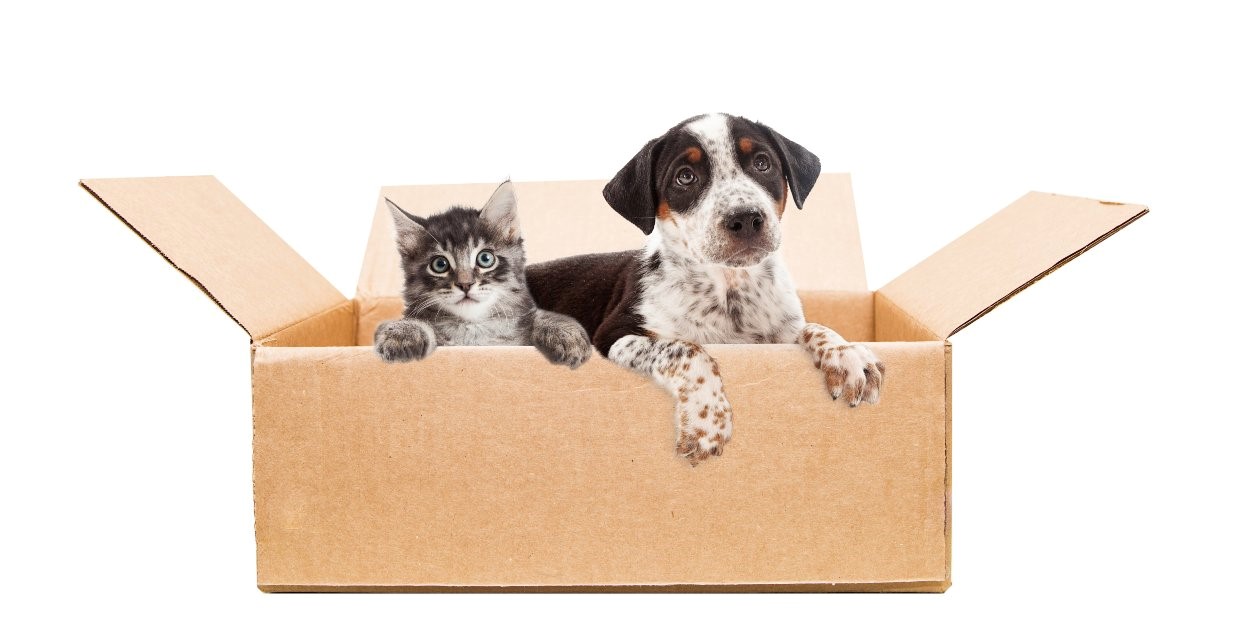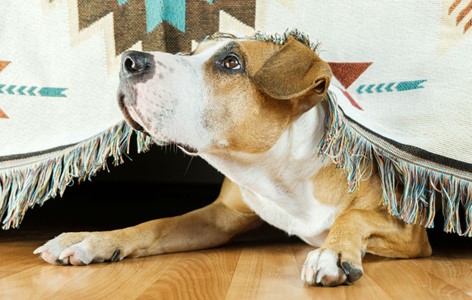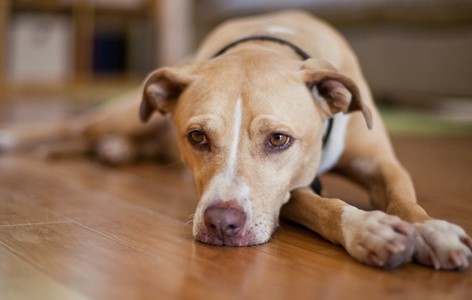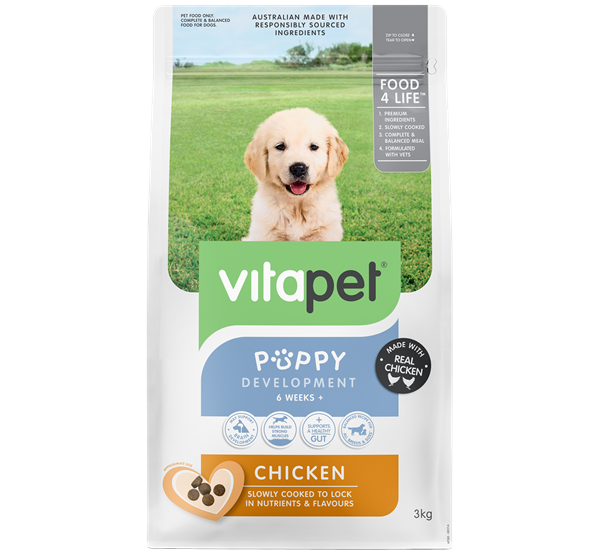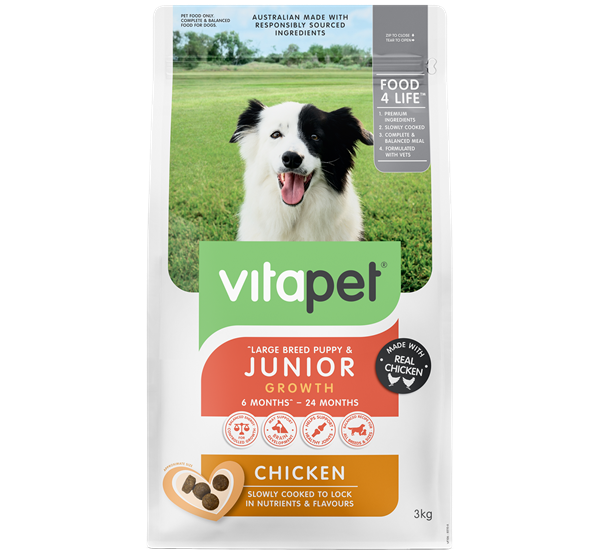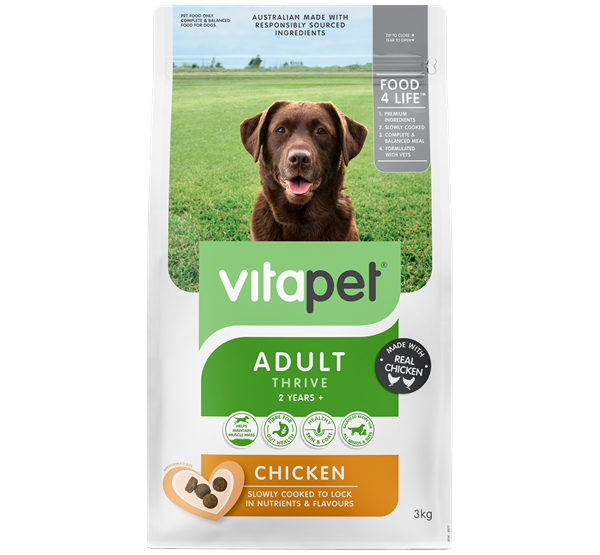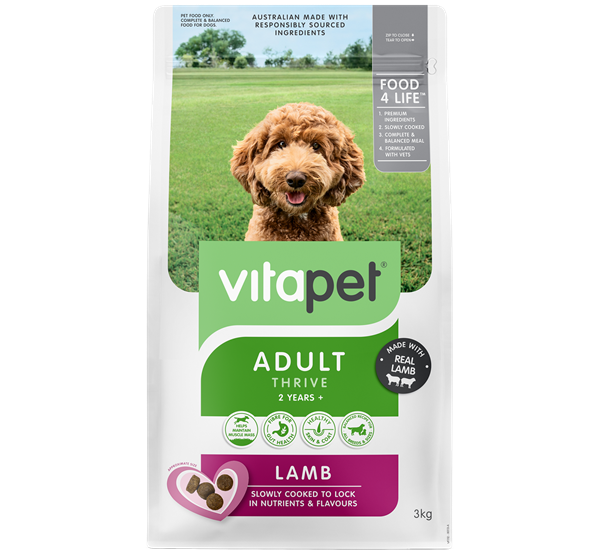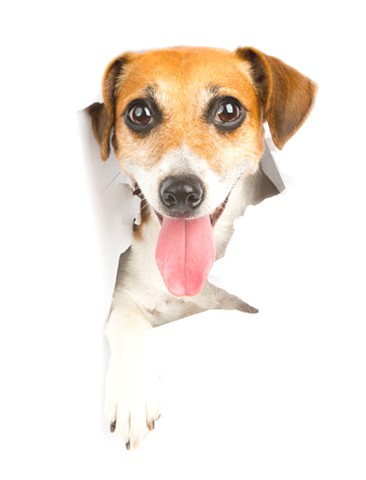Moving houses is said to be one of the most stressful things a person can do in their life, but what impact, if any, does moving homes have on our pets?
How Moving Homes Impacts Pets
Moving house is a big change for us and also our pets. Our animal companions consider their home to be their territory, which they become very familiar with and attached to. A new home entails new smells, sights and routine. Changes to the normal routine, such as packing up all your belongings and household items in the lead up to the move, may cause your pet to feel anxious.
The biggest stressor however is usually moving day and the initial adjustment to the new home and surroundings. While many pets adjust relatively quickly, moving homes with a pet can have a negative impact on them, such as causing fear or anxiety.
So how do you help your cat or dog prepare for the move and adjust to their new surroundings?
Signs your pet is not adjusting to your new home
There are signs to look for that can indicate that your pet is not adjusting to moving home and may be experiencing fear or anxiety. These include hiding, house soiling, trying to escape when left alone, excessive vocalisation, panting, pacing, dilated pupils and losing their appetite or not eating their meals.
How to help your pet adjust to moving home
The great news is that there are lots of things you can do to help your pet cat or dog adjust to moving homes and their new surroundings.
If you’re moving homes with a dog, take them to the new place before the move to help familiarise them with the new home and environment. Walk them around on lead, reassuring them and giving them treats for good behaviour. Allow them to have a sniff around and spend some time there. Create a positive association with the new place by pairing it with things your dog like such as treats, play and affection.
Ensure you have a plan for your pet on moving day.
Will you be able to bring them with you in the car?
- Can they be safely contained when the movers are carrying boxes and furniture to the truck?
- Would it be less stressful for everyone to have the pets in a boarding kennel during the move?
This allows you to do all the hard work without worrying about your pet and lets you focus on helping them adjust to their new home once you’re in.
When you bring your pet into your new home ensure you have all their familiar things including their favourite bed, toys, food bowl and treats on hand and set up in an appropriate place. Take some time to show them around your new home and reassure them. Feed them treats and their favourite accessories to create a positive association with the new surroundings.
Show your pet where their food and water is. If you have a dog, take them outside and encourage them to toilet there. If you’re moving homes with a cat, show them where their litter tray is located in the new home. Make sure you reward your pet for toileting in the right place for several days as moving house can confuse some pets, resulting in house soiling. Walk your dog at the same time you normally would.
Take a few days off from work, if possible, to help your pet settle in. Separation anxiety is a common problem which can develop after moving house so take some time to teach your pet to cope in your absence. Feed them in another room or outside away from you to teach your pet that being on their own can be a positive experience. Gradually start to leave them home alone for short periods with a meal or high value long lasting treat to help them associate your absence with something good. Incorporate longer absences if all goes well.
A little time, together with these steps, will help make moving homes with a pet a little less stressful and will ease the transition












